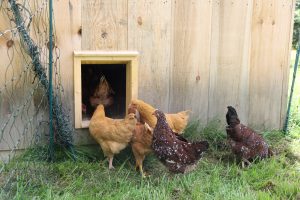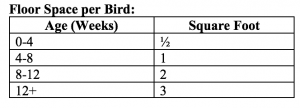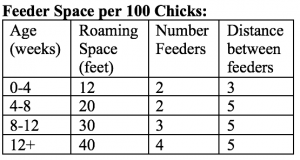Chicken Safety
Protecting Your Chickens
Building a coop offers chickens a sheltered place to hide out from the harsh elements like rain, snow, heat and cold. A well built coop will also protect them from predators and ensure them healthy, comfortable life. In addition they will produce quality eggs in return.
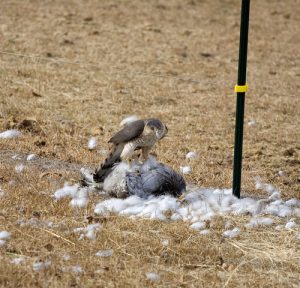
Dogs, cats, raccoons, opossums, skunks, mink, fox, coyotes, hawks, owls, neighborhood children etc. You name it they will kill your chickens!
A safe coop is a necessity for anyone raising chickens, and fortunately there are many different chicken coop designs available. Materials such as PVC pipes, tarps, converted old campers, have all actually been used material for chicken coops, however well constructed wood sheeted coop is the safest and most common way for building chicken coops.
However before purchasing a chicken coop kit, keep in mind the size of the coop run and number of chickens the coop will host. Each chicken needs at least 2 sq feet of space and larger breeds of poultry may need at least 4 to 5 sq feet of space. New lumber can be expensive to purchase, depending on the size of the coop: some second hand stores actually sell used lumber that works just as good!
Although it is relatively simple to build a coop to keep chickens in from scratch, many people simply don’t have the carpentry skills and prefer to purchase chicken coop kits instead. Most chicken coop kits come with all the necessary materials required for constructing the perfect home in which their hens will be safe.
- A safe coop should be entirely enclosed leaving no opportunities for crafty critters to find a way in.
- It also should include well ventilation in the summer and be well insulated in the winter. (These areas should be reinforced with chicken wire fencing to keep anyone from scratching through them)
If you desire to have a fenced in area for your chicken the most cost effective way to do this is to construct a chain link fence around the designated area for your chickens (chicken wire or netting may be equally as economical).
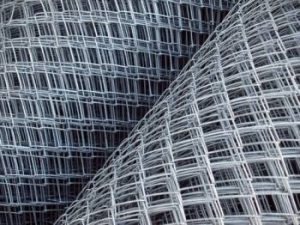
2 inches in order to get through.
3. Also to protect from things climbing over and birds of prey, wrap the chicken wire fencing over the top so nothing can climb/fly over.
4. Finally, dig a one foot trench around the base of the chain link fence and tie you chicken wire to it allowing it to drop down into the trench. Now simply reapply the dirt and burry the fencing.


